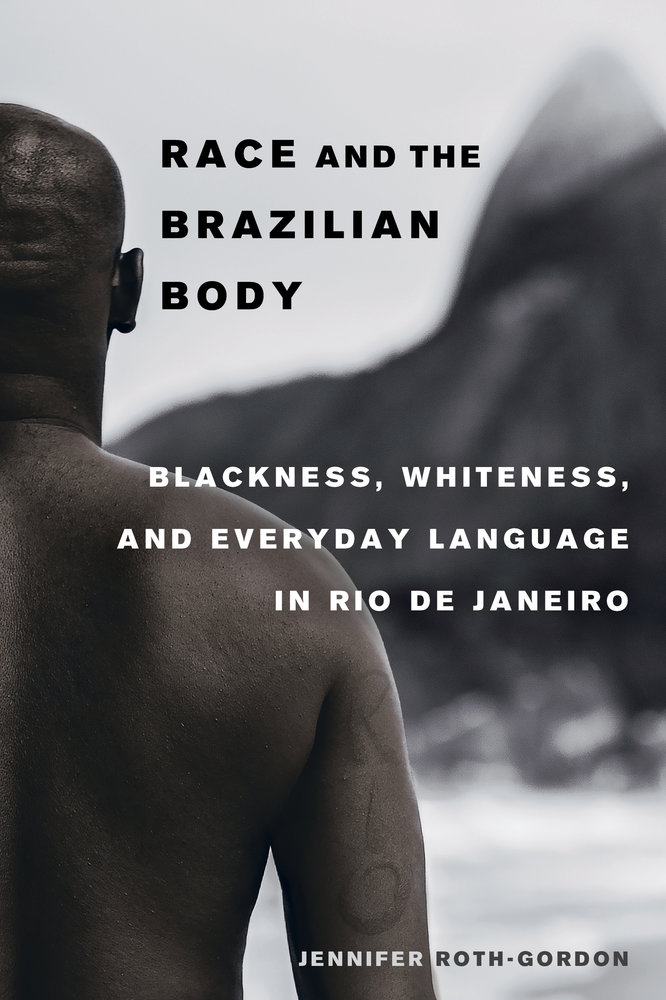The Politics of Blackness: Racial Identity and Political Behavior in Contemporary BrazilPosted in Books, Brazil, Caribbean/Latin America, Media Archive, Monographs, Politics/Public Policy on 2018-02-22 00:46Z by Steven |
The Politics of Blackness: Racial Identity and Political Behavior in Contemporary Brazil
Cambridge University Press
December 2017
260 pages
Hardback ISBN: 9781107186101
Paperback ISBN: 9781316637043
Gladys L. Mitchell-Walthour, Assistant Professor of Public Policy and Political Economy
Department of Africology (African Diaspora Studies)
University of Wisconsin, Milwaukee
This book uses an intersectional approach to analyze the impact of the experience of race on Afro-Brazilian political behavior in the cities of Salvador, São Paulo, and Rio de Janeiro. Using a theoretical framework that takes into account racial group attachment and the experience of racial discrimination, it seeks to explain Afro-Brazilian political behavior with a focus on affirmative action policy and Law 10.639 (requiring that African and Afro-Brazilian history be taught in schools). It fills an important gap in studies of Afro-Brazilian underrepresentation by using an intersectional framework to examine the perspectives of everyday citizens. The book will be an important reference for scholars and students interested in the issue of racial politics in Latin America and beyond.
- Uses an intersectional approach that allows readers to understand how race, class, gender, and aesthetics shape Afro-Brazilian political behavior
- Appeals to social scientists using quantitative and qualitative methods to study race, gender, group behavior, and politics
- Develops a theory of racial spatiality that gives readers a bottom-up understanding of political representation and its reliance on everyday Afro-Brazilian citizens
Table of Contents
- Introduction
- 1. Afro-Brazilian political underrepresentation
- 2. Blackness and racial identification in contemporary Brazil
- 3. Negro group attachment in Brazil
- 4. Negro linked fate and racial policies
- 5. Afro-descendant perceptions of discrimination and support for affirmative action


